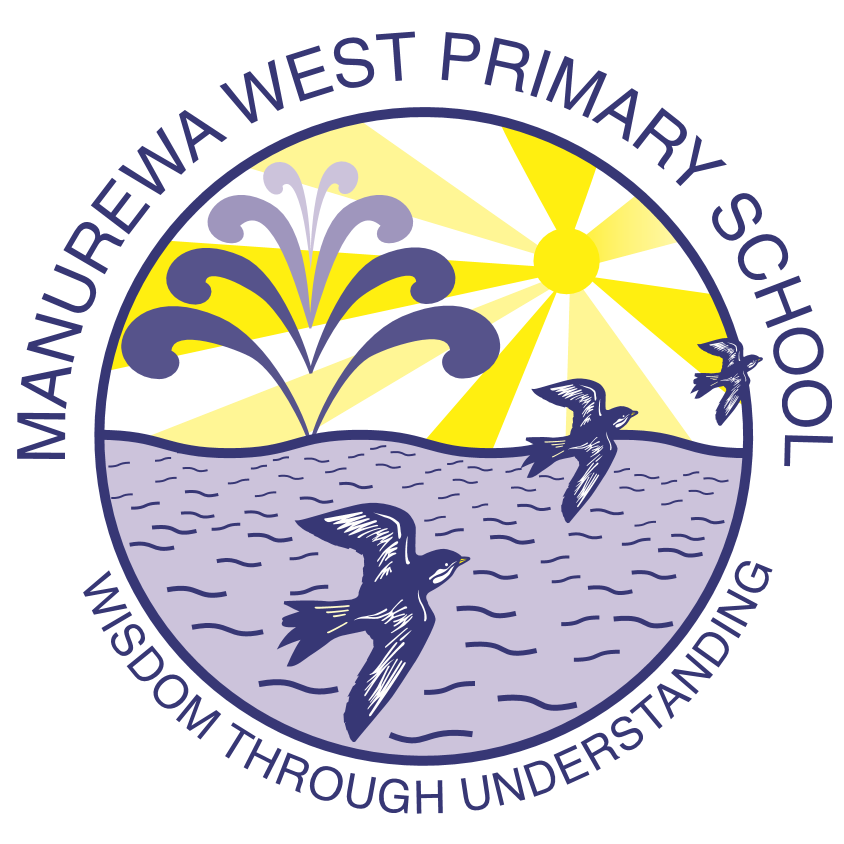Kei hopu tōu ringa ki te aka tāepa, engari kia mau ki te aka matua.
Cling to the main vine, not the loose one.
Mathematics is the exploration and use of patterns and relationships in quantities, space, and time. Statistics is the exploration and use of patterns and relationships in data. These two disciplines are related but have different ways of thinking and of solving problems. Both equip students with effective means for investigating, interpreting, explaining, and making sense of the world in which they live.
Why study Mathematics and Statistics?
By studying mathematics and statistics, students develop the ability to think creatively, critically, strategically, and logically. They learn to structure and to organise, to carry out procedures flexibly and accurately, to process and communicate information, and to enjoy intellectual challenge.
By learning mathematics and statistics, students develop other important thinking skills. They learn to create models and predict outcomes, to conjecture, to justify and verify, and to seek patterns and generalisations. They learn to estimate with reasonableness, calculate with precision, and understand when results are precise and when they must be interpreted with uncertainty. Mathematics and statistics have a broad range of practical applications in everyday life, in other learning areas, and in workplaces.
Mathematics teaching and learning at Manurewa West Primary School draws on a growth mindset approach with the goal of achieving equity and equality for all students. Teachers collaboratively plan teaching maths through mixed ability groups using a problem-solving approach. Maths Lead teachers work with students who would benefit from extension or acceleration of progress. Digital technology and a cultural lens are used to engage and motivate students in Maths.
